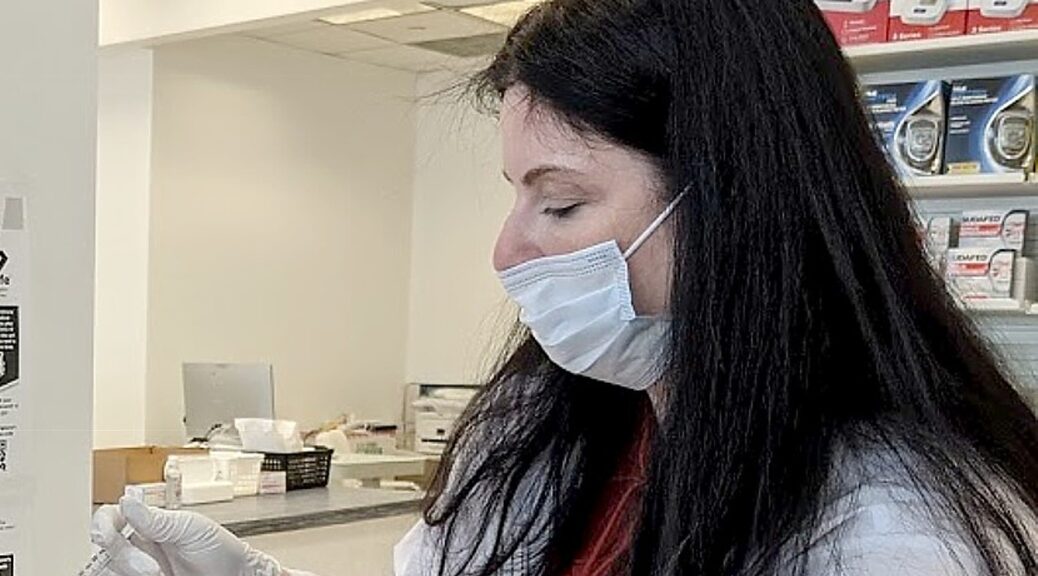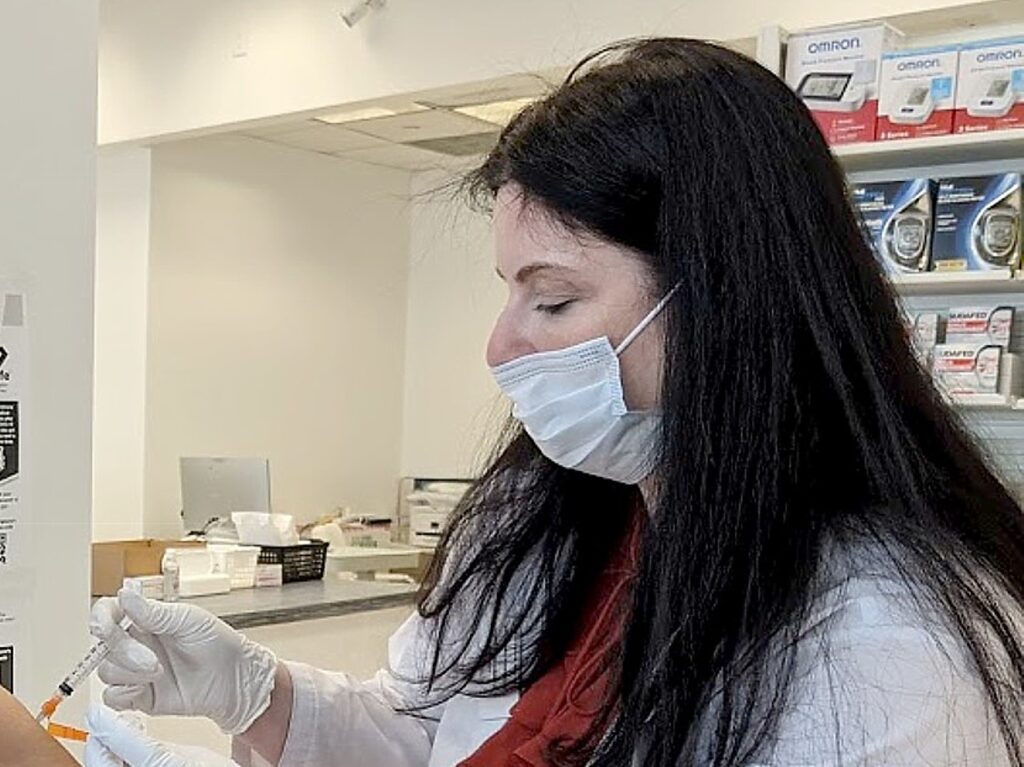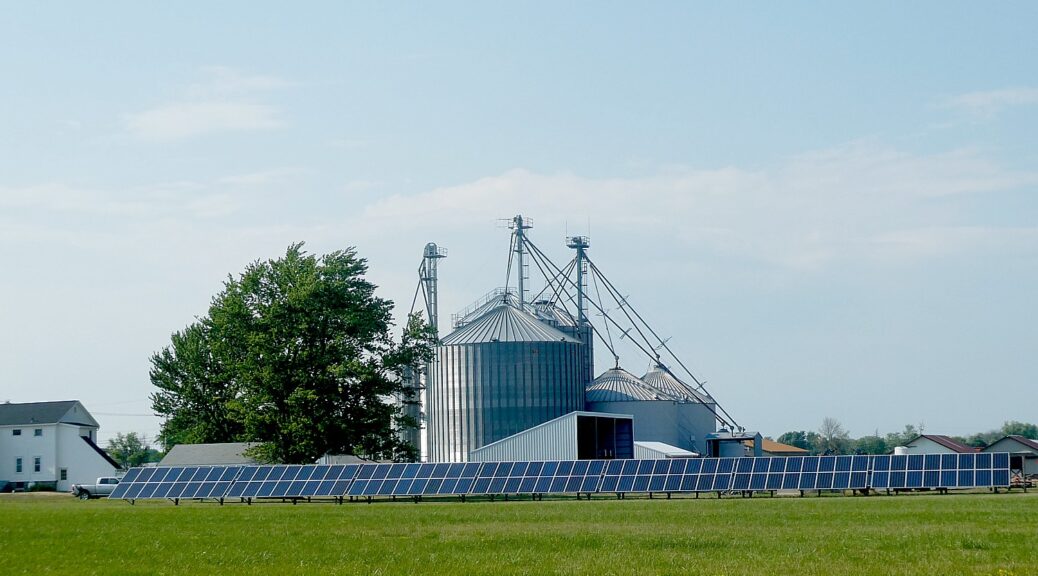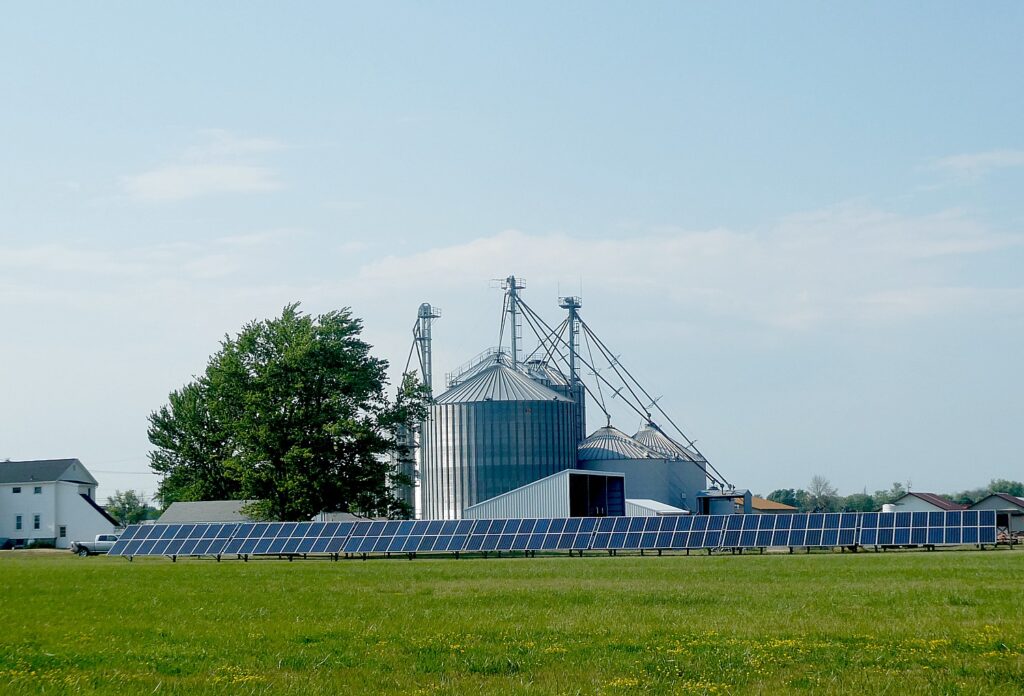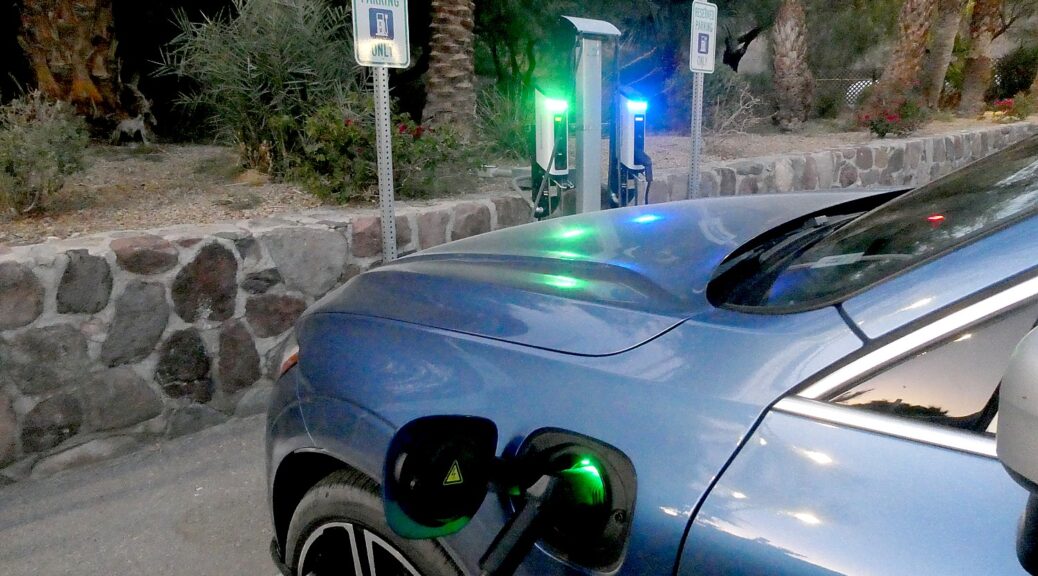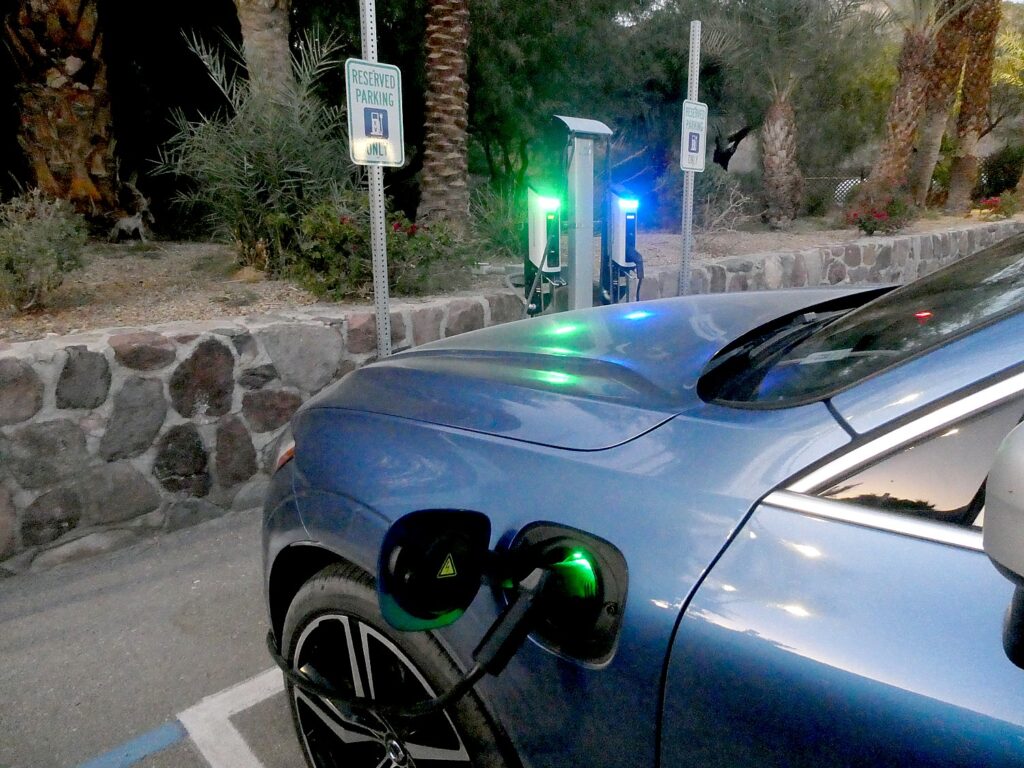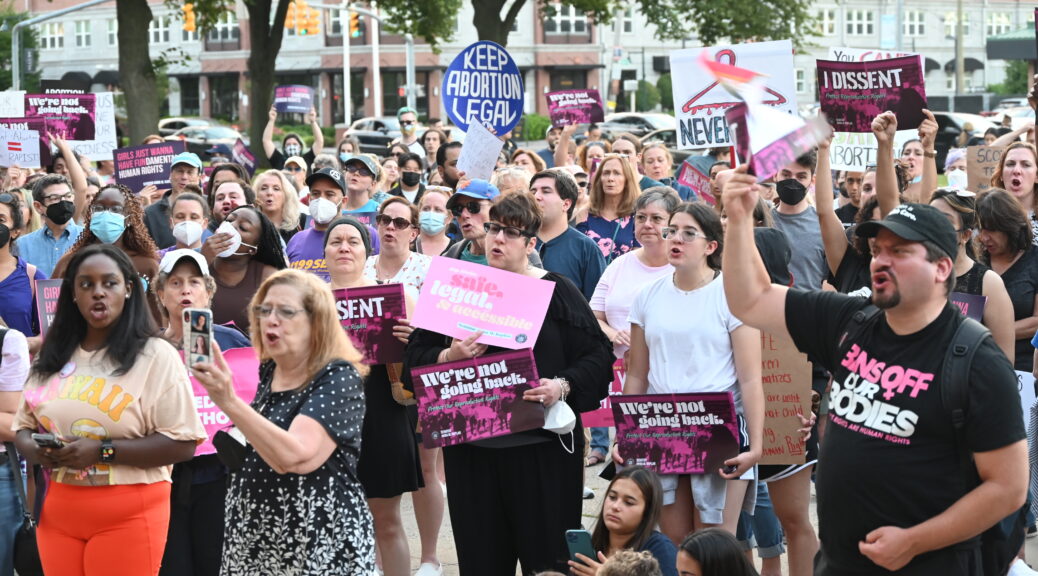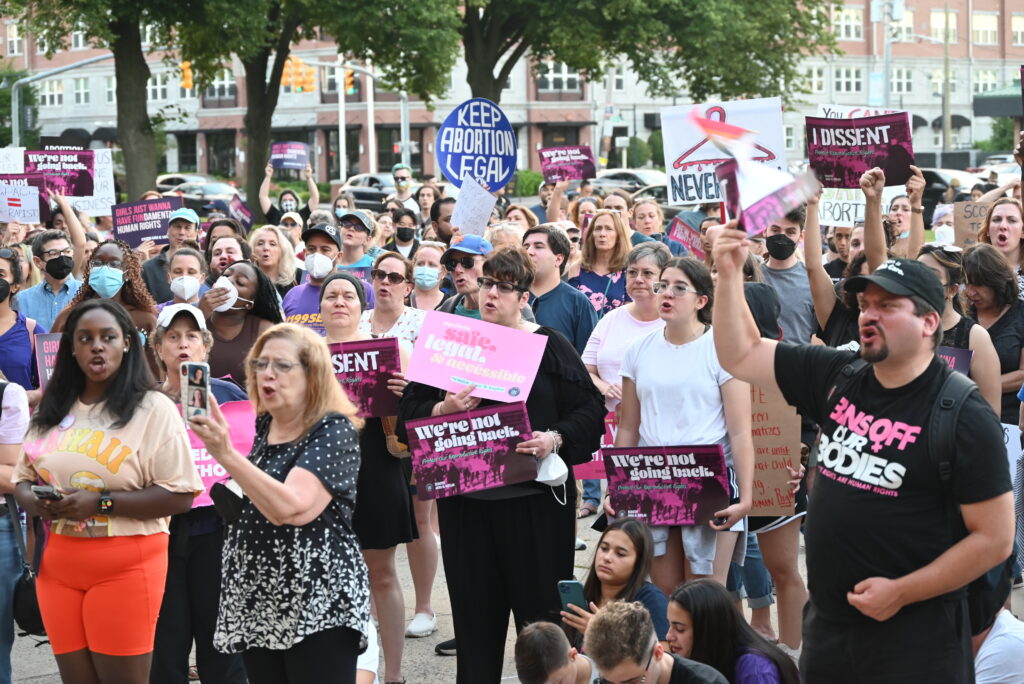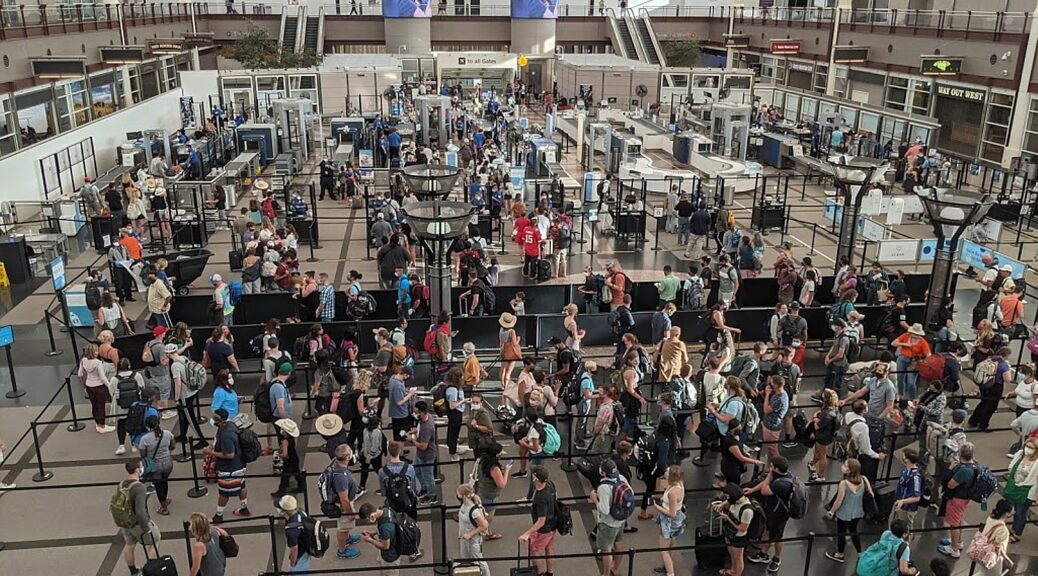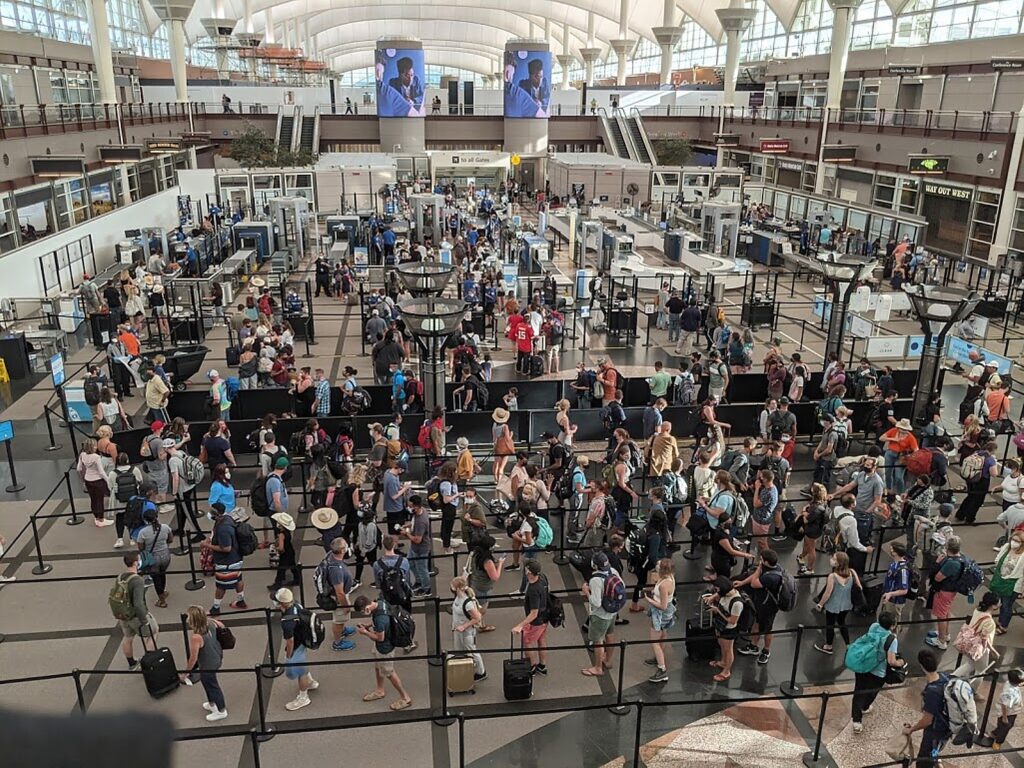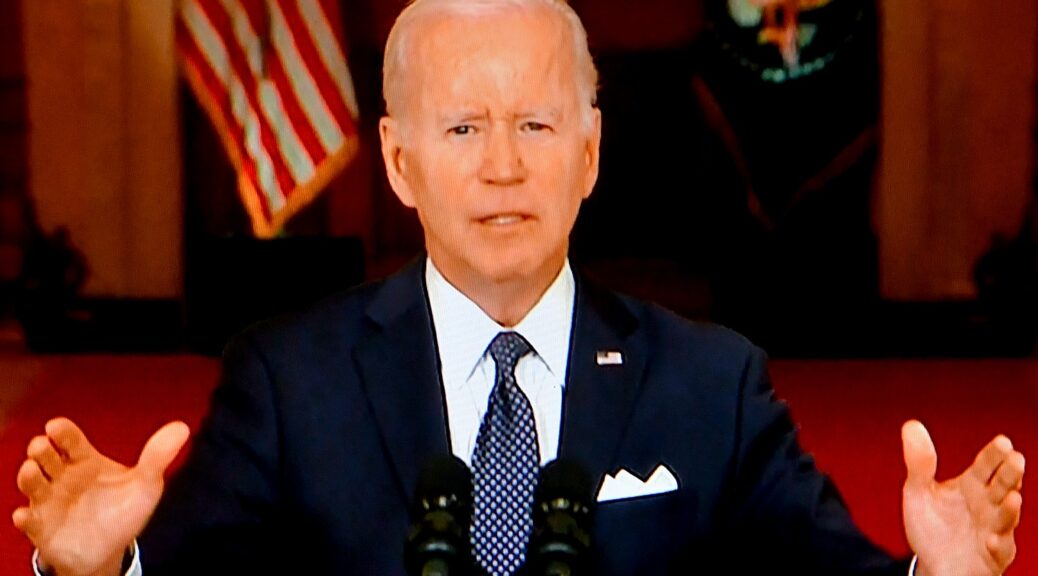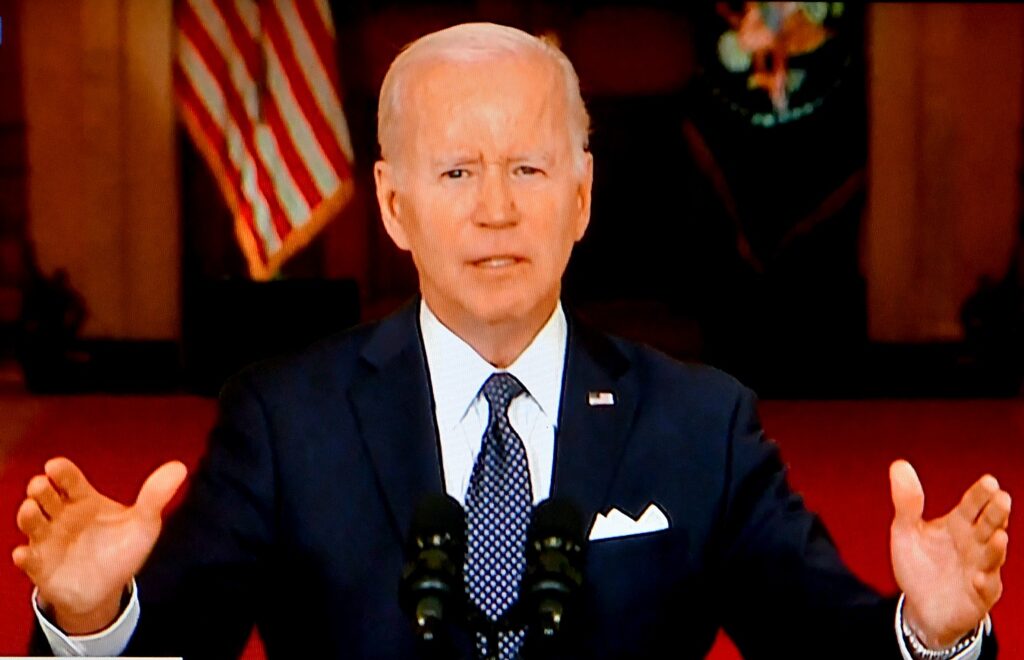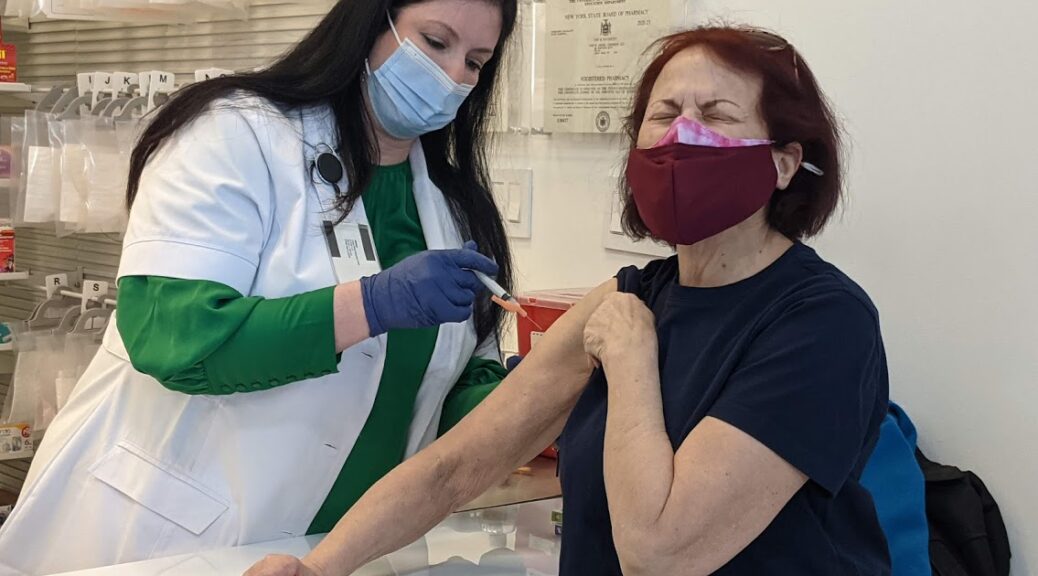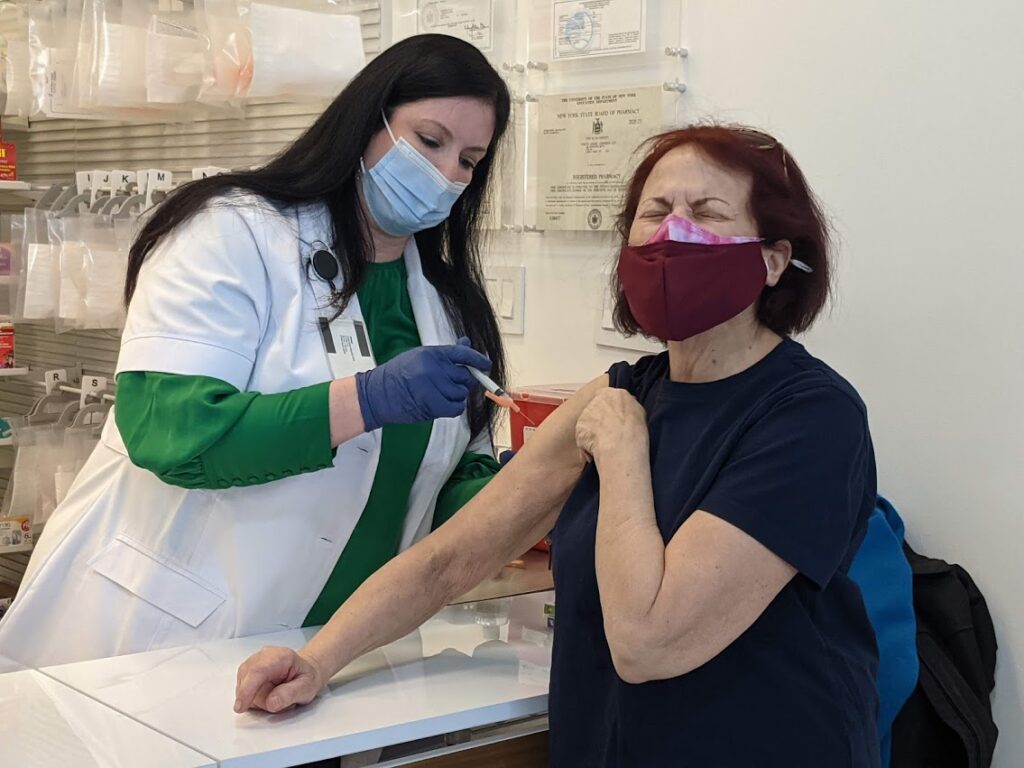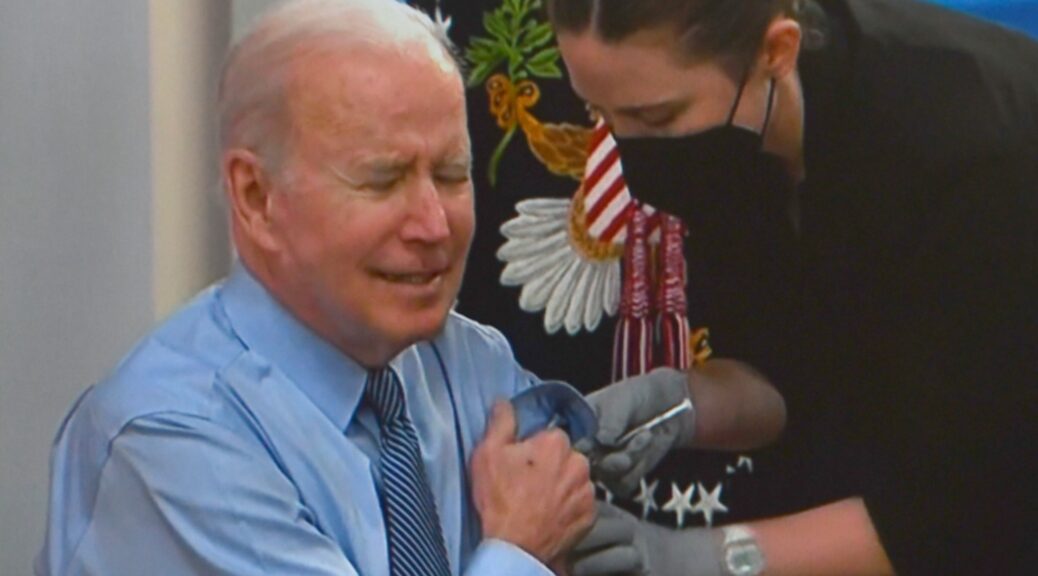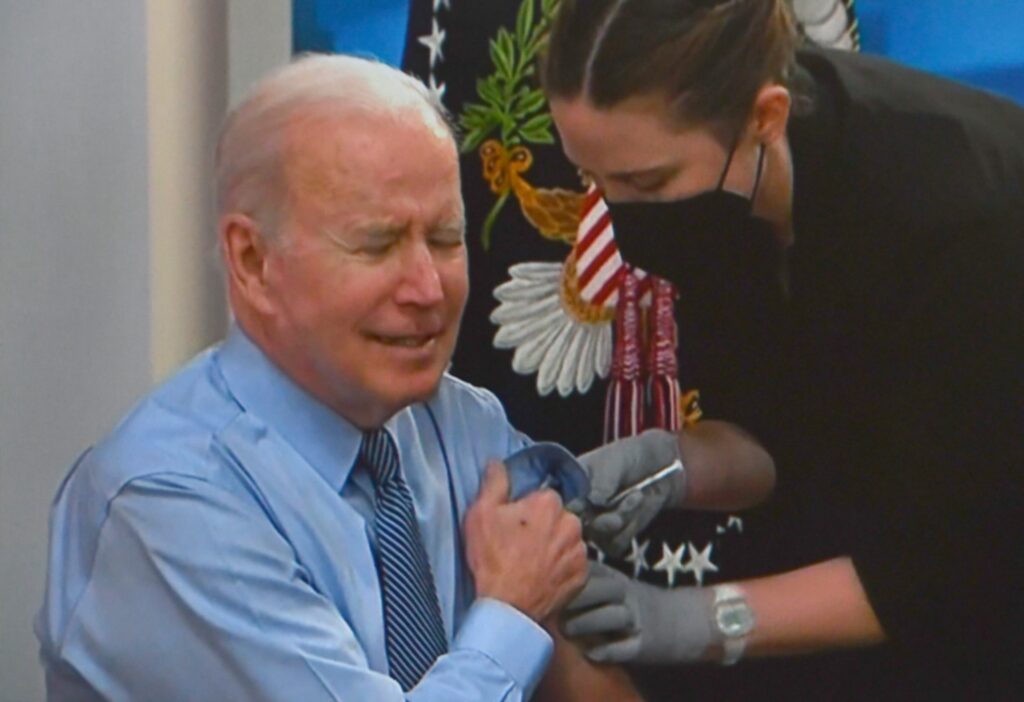
On June 24, the White House released the Biden-Harris Administration’s Blueprint for Addressing the Maternal Health Crisis, a whole-of-government approach to combatting maternal mortality and morbidity. Here is a fact sheet from the White House;
For far too many mothers, complications related to pregnancy, childbirth, and postpartum can lead to devastating health outcomes — including hundreds of deaths each year. This maternal health crisis is particularly devastating for Black women, Native women, and women in rural communities who all experience maternal mortality and morbidity at significantly higher rates than their white and urban counterparts.
Under President Biden and Vice President Harris’s leadership, this Administration is now taking the next step towards a future where the United States will be the best country in the world to have a baby. The Biden-Harris Administration is committed to cutting the rates of maternal mortality and morbidity, reducing the disparities in maternal health outcomes, and improving the overall experience during and after pregnancy for people across the country. This commitment will require bold, unprecedented action through a whole-of-government strategy.
To start, the Administration is calling on Congress to improve and expand coverage by closing the Medicaid coverage gap and requiring continuous Medicaid coverage for 12 months postpartum, as well as making the significant investments included in the President’s FY23 budget to reduce maternal morbidity and mortality.
The Administration also recognizes that addressing the maternal health crisis in the United States requires immediate action. That is why, in addition to urging Congressional action, the White House has mobilized over a dozen federal agencies to develop the White House Blueprint for Addressing the Maternal Health Crisis. The Blueprint outlines five priorities to improve maternal health and outcomes in the United States:
• Increasing access to and coverage of comprehensive high-quality maternal health services, including behavioral health services.
• Ensuring women giving birth are heard and are decisionmakers in accountable systems of care.
• Advancing data collection, standardization, harmonization, transparency, and research
• Expanding and diversifying the perinatal workforce.
• Strengthening economic and social supports for people before, during, and after pregnancy.
For women who are pregnant, postpartum, or hoping to become pregnant, the actions in the Blueprint mean:
• Extended Postpartum Coverage: States are encouraged to extend Medicaid coverage from two months to one year postpartum, so that women do not lose or have changes in their coverage during or soon after pregnancy.
• Investments in Rural Maternal Care: Rural health care facilities will have more staff and capabilities to provide maternal care through increased funding from the expanding the Rural Maternity and Obstetrics Management Strategies Program and more robust training for rural health care providers.
• A Maternal Mental Health Hotline: Providers will be trained on mental health during pregnancy, and women will have access to a national, confidential, 24-hour, toll-free hotline if they are experiencing mental health challenges.
• Substance Use Services: Federal agencies will partner with community-based organizations to ensure that addiction services and people trained in substance use disorder during pregnancy are more available.
• No More Surprise Bills: Through the No Surprises Act, women are now protected from certain unexpected medical bills, which may occur during pregnancy, postpartum care, and/or delivery.
• Better Trained Providers: More providers will be trained on implicit biases as well as culturally and linguistically appropriate care, so that more women are listened to, respected, and empowered as a decisionmaker in their own care.
• Improved Maternal Health Data: Through enhanced federal partnerships with state and local maternal health data collection entities, communities, hospitals, and researchers will have access to better data to they can analyze poor outcomes during pregnancy and make improvements to support healthy pregnancies.
• A More Diverse Maternal Care Workforce: Federal agencies will invest more in hiring, training, and deploying more physicians, certified nurse midwives, doulas, and community health workers to support women during pregnancy, delivery, and postpartum. The federal government will work to ensure these providers come from diverse communities and backgrounds.
• Better Access to Doulas and Midwives: The Administration will work with states to expand access to doulas and midwives, and encourage insurance companies to cover their services.
• Expanded Social Services: Stronger partnerships between the Departments of Housing and Urban Development, Agriculture, and Health and Human Services will help make it easier to enroll in federal programs for housing, food, childcare, and income assistance, as we know health care is only one part of what makes for a healthy pregnancy.
• Stronger Workplace Protections for Mothers: Federal agencies will promote greater awareness of workplace protections and accommodations for new parents, like access to a private lactation room and break time to pump.
The actions outlined in the Blueprint are just the latest in this Administration’s multi-year effort to combat maternal mortality and morbidity. Since taking office, the Biden-Harris Administration has taken significant steps to address the maternal health crisis in the United States, including:
• Extending Postpartum Medicaid Coverage. Through the American Rescue Plan, states now have an easier pathway to extend Medicaid coverage from two to twelve months postpartum. Currently, 14 states and the District of Columbia have availed themselves of this opportunity, extending coverage for more than 250,000 women.
• Announcing the New “Birthing Friendly” Hospitals Initiative. During the December Call to Action, the Vice President announced that, through the Centers for Medicare & Medicaid Services, the Administration will be deploying a “Birthing Friendly” hospitals designation—the first federal hospital quality designation with a focus on maternal health.
• Hosting the First-Ever Meeting of Cabinet Officials on Maternal Health. In April of this year, Vice President Harris hosted the first-ever meeting of Cabinet officials to discuss maternal health. This meeting brought together twelve agency leaders including leaders from the Departments of Health and Human Services, Defense, Veterans Affairs, Agriculture, and Housing and Urban Development to discuss ways that this Administration could deploy the resources of the federal government to tackle maternal mortality and morbidity.
• Leading the White House’s First-Ever Maternal Health Day of Action. In December 2021, the Vice President issued a nationwide Call to Action for federal agencies, businesses, and non-profits to collaboratively solve the maternal health crisis. During that event, the Vice President announced that this Administration had secured millions of dollars in private sector commitments aimed at improving maternal health.
As we continue taking bold action to confront the maternal mortality and morbidity crisis, we will continue to listen to people who are pregnant and new mothers and ensure their feedback informs our approach to improve maternal health and strengthen our health care system. With the support of all parts of government and society, we can make this vision a reality.


